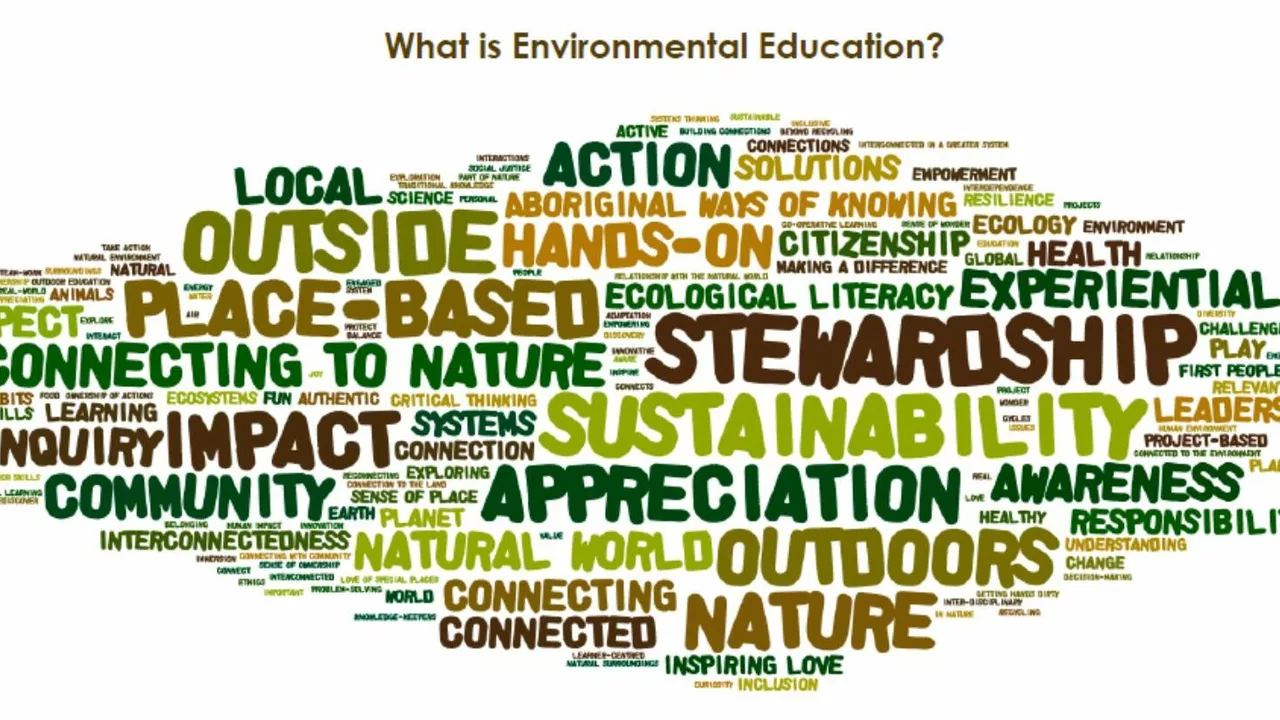Understanding the School Ecosystem
I've always been intrigued by the idea of a school as an ecosystem. Yes, you heard it right, an ecosystem, just like a forest, a desert, or a coral reef. It might seem strange at first, but when you delve deeper, you start seeing the similarities. A school, like an ecosystem, is a community of living organisms (students, teachers, staff) in conjunction with the nonliving components of their environment (buildings, classrooms, equipment), interacting as a system.
Role of Teachers in the School Ecosystem
Teachers play a role similar to that of producers in an ecosystem. They are the source of knowledge, much like trees are the source of energy in a forest. Teachers create a nurturing environment for the students to grow, providing them with the necessary resources - knowledge, skills, and guidance.
Students as Consumers
Students in the school ecosystem can be likened to consumers in a natural ecosystem. They consume the knowledge and skills imparted by the teachers, and in the process, grow and develop. Students, through their interactions with each other and with teachers, contribute to the dynamics of the school ecosystem.
School Staff as Decomposers
The school staff, including the administrators, janitors, and cafeteria workers, play a vital role similar to the decomposers in an ecosystem. They ensure smooth functioning of the school, breaking down and removing waste, resolving conflicts, and maintaining order, just like decomposers break down dead organisms and recycle nutrients in an ecosystem.
Classrooms as Habitats
Classrooms are the various habitats within the school ecosystem. Each classroom has its own unique set of organisms (students and teachers) and environmental conditions (learning materials, seating arrangement, teaching style). These habitats interact with each other, affecting the overall health of the school ecosystem.
Interactions and Relationships
In any ecosystem, interactions and relationships between organisms are crucial, and it is no different in a school. Relationships between students and teachers, among students themselves, and between teachers and staff shape the school's culture and climate. These interactions can be symbiotic, competitive or predatory, mirroring the relationships in a natural ecosystem.
Energy Flow in the School Ecosystem
The concept of energy flow is fundamental to understanding any ecosystem. In a school, knowledge and skills can be seen as the energy that flows from teachers to students. This energy is then used by the students to grow, learn, and interact with their environment, thereby contributing to the energy flow in the school ecosystem.
The School as a Learning Environment
Just as an ecosystem provides a habitat for organisms to live, grow and interact, a school provides a learning environment for students. It is a place where students can explore, experiment, and discover, fostering their curiosity and love for learning.
Changes and Disturbances in the School Ecosystem
Like any ecosystem, a school is not static. It experiences changes and disturbances, such as changes in school leadership, shifts in student population, or introduction of new teaching methods. How the school ecosystem responds to these changes determines its resilience and adaptability.
Sustainability in the School Ecosystem
Lastly, the concept of sustainability is as important in a school ecosystem as it is in a natural one. A sustainable school ecosystem is one where resources are used efficiently, waste is minimized, and the health and well-being of all members are prioritized. It is a place where every student has the opportunity to thrive, and where learning is a joyful and enriching experience.
